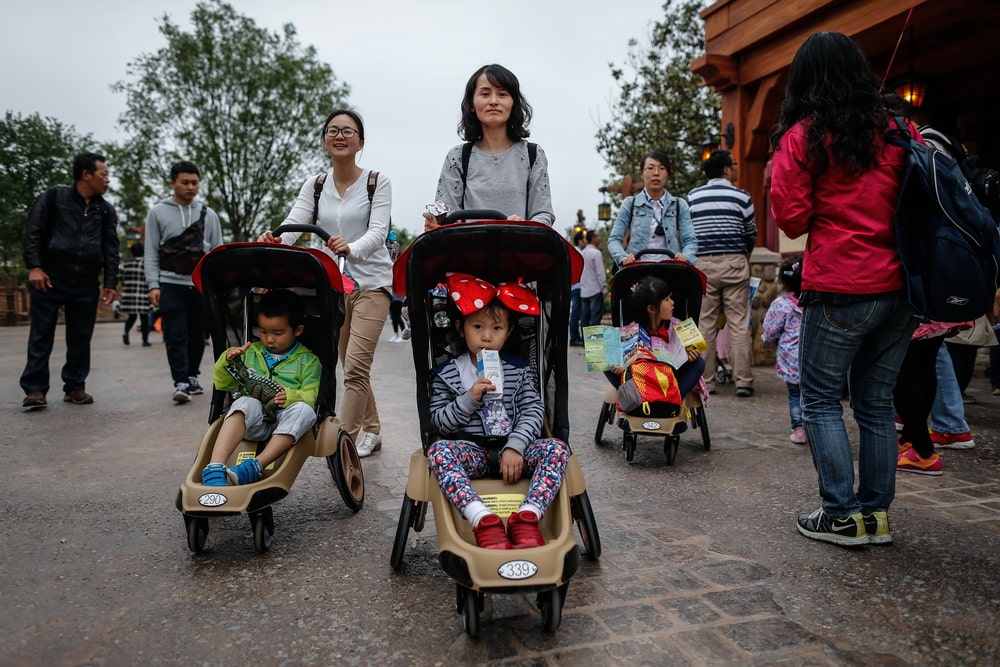China faces a record-low birth rate, with 2023 marking the second consecutive year of population decline. Economic struggles accompany demographic challenges, impacting sectors like real estate. This analysis explores the implications for China’s future.
China confronts a significant demographic and economic shift as it reports a record low birth rate and a second consecutive year of population decline. The repercussions of this trend extend beyond demographic concerns, influencing the country’s economic landscape. Drawing insights from CNN, this article delves into key facts and explores the intricate connection between demographic shifts and economic challenges in China.
Record Low Birth Rate: China records a historic low birth rate of 6.39 births per 1,000 people in 2023, down from 6.77 the previous year. This represents the lowest birth rate since the founding of Communist China in 1949.
Population Decline: The overall population drops by 2.08 million people in 2023, reaching 1.409 billion. China’s population decline is a continuation of the trend observed in 2022 when it experienced its first population decrease in decades.
Economic Growth Challenges: China’s economy grows by 5.2% in 2023, falling short of the government’s target of around 5%. Economic struggles, including investor exodus and deflation, contribute to concerns about the country’s economic performance.
Stock Market Response: Chinese stocks tumble following the release of demographic and economic data. Hong Kong’s Hang Seng Index and the CSI300 experience significant declines, reflecting investor concerns.
Property Sector Woes: The real estate crisis persists as home sales, and property investment witness declines for the second consecutive year. The property sector, a significant contributor to China’s GDP, faces challenges amid the ongoing economic downturn.
Demographic Challenges: China’s working-age population (16-59 years) decreases by 10.75 million, exacerbating concerns about a shrinking workforce. The aging population poses challenges for healthcare and pensions, necessitating structural changes in the economy.
Government Response: The State Council releases guidelines to strengthen the “silver economy,” focusing on tailoring services and products for the elderly. This comes as China grapples with caring for a growing number of elderly citizens.
Covid-19 Impact: The Covid-19 pandemic likely contributes to the declining birth rate, affecting marriage rates and discouraging couples from having children. The economic impact of the pandemic further complicates demographic trends.
China’s dual challenge of a declining birth rate and economic struggles underscores the interconnectedness of demographic and economic factors. The real estate crisis and shrinking workforce necessitate structural changes, impacting sectors like healthcare and housing. The unexpected release of pent-up demand in the economy contributes to short-term GDP growth, but long-term challenges persist. The need for more stimulus measures becomes evident, highlighting the delicate balance between economic recovery and demographic concerns.
The importance of these developments lies in their potential long-term impact on China’s economic trajectory. Demographic shifts pose challenges to sustaining economic growth and require strategic responses from policymakers. The interconnected nature of these challenges emphasizes the need for comprehensive solutions that address both demographic and economic aspects.
As China grapples with a record-low birth rate, population decline, and economic challenges, the intricacies of these issues paint a complex picture for the country’s future. The aging population, coupled with ongoing economic struggles, demands proactive measures to ensure sustainable growth.
This analysis, based on CNN‘s insights, provides a comprehensive overview of the multifaceted challenges facing China and the implications for its economic landscape.



